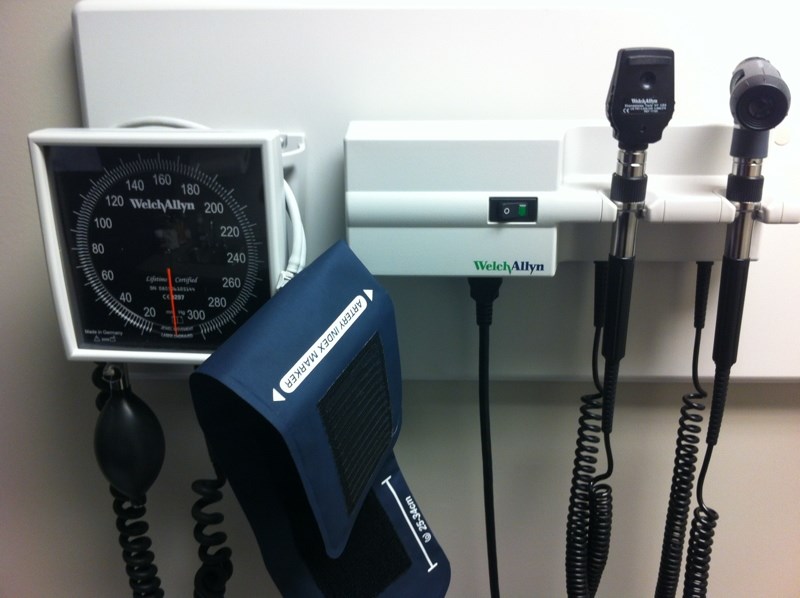Some B.C. surgeons who operate on extremely obese patients are being paid a 25 per cent surcharge because surgeries on such patients often take longer and are riskier.
The change came into effect a few months ago for some physicians and will soon kick in for more medical specialists.
It came about after a survey three years ago showed that obese patients were falling through cracks. All but a handful of the B.C. surgeons who responded said they had delayed or declined to perform elective surgery on patients with a body mass index, or BMI, higher than 38. Four in five surgeons said they had delayed or declined to perform surgery over concerns about complications in patients with a BMI of 30 to 34.
Some patients have accused physicians of being biased against them.
Doctors of B.C. and the Ministry of Health have been working to solve the problem. General surgeons and anesthesiologists were the first to negotiate surcharges meant to compensate for added risks and time involved in treating obese patients. Gynecologists/obstetricians are also expected to get a surcharge soon.
Dr. Kathleen Ross, the new president of Doctors of B.C., said the government didn’t come up with extra money. Instead, money was reallocated from what’s called the available amount given to sections of physicians. Within sections such as anesthesiology, fees shrunk for some procedures to allow for the surcharge which is referred to as a “BMI modifier.”
Although obesity is typically defined as a BMI over 30, the premium applies only for operations on patients with a BMI over 35. Several other provinces offer surgeons a premium.
BMI is calculated based on a person’s height and weight. For example, a woman who is five-foot-eight and weighs 270 pounds would have a BMI of 41.0.
“This is in recognition of the fact that in obese patients, there may be more complications and areas of the body are more difficult to access,” Ross said.
“Operations are more technically complex.”
Dr. Stephen Kaye, an obstetrician/gynecologist, said obesity affects all of patient treatment, making the initial evaluation, the surgery and post-operative care more complex.
Obese patients can have higher rates of infections, require longer hospital stays and more hospital readmissions. It takes longer to prepare obese patients for surgery, including getting them in position on larger operating room tables. Getting them sedated takes longer, said Kaye, who is co-president of the Doctors of B.C. section of obstetrics and gynecologists.
“Specialized equipment and retractors are required in order to visualize and reach the surgical site,” he said.
In the case of a hysterectomy, for example, the $654 fee paid to a gynecologist/obstetrician would rise by $72 for every 15 minutes beyond the standard two hours.
Anesthesiologists say their management of obese patients is more complex because of thicker necks, chests, and abdomens in such patients who often have sleep apnea and reduced lung and heart function, which can affect airway management and ventilation during anesthesia.
Physician services cost taxpayers almost $5 billion a year. Ross would not disclose how funds are being shuffled around to pay the premiums, but in the latest Physician Master Agreement with the government, there was also some shifting of funds to address disparities between physician groups. For example, cataract fees to ophthalmologists were reduced about 18 per cent, from $425 a year to $350.


